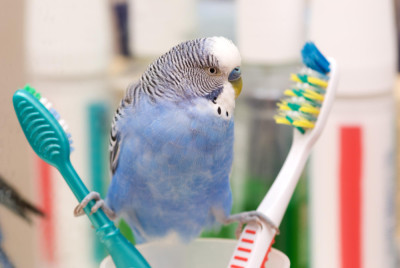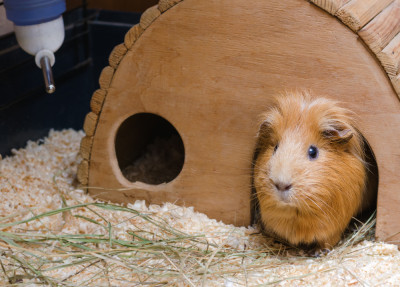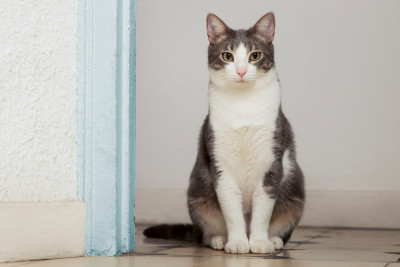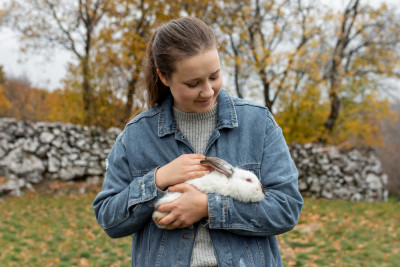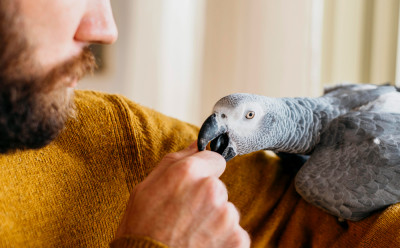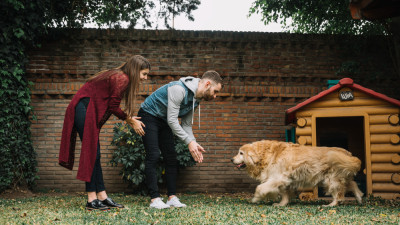1. Why Do Birds Need to Bathe?
Bathing is essential for several reasons:
-
Feather Maintenance: Bathing helps birds clean and maintain their feathers. Healthy feathers are crucial for flight, insulation, and waterproofing.
-
Thermoregulation: Birds regulate their body temperature by bathing. Wet feathers can help them cool down on hot days, and preening afterward helps feathers regain their insulating properties.
-
Dirt and Debris Removal: Bathing helps remove dirt, dust, and parasites from the feathers and skin, promoting overall cleanliness and preventing discomfort.
2. How Do Birds Bathe?
Birds have various methods of bathing:
-
Splashing: Many birds enjoy splashing in shallow water dishes or birdbaths. They create a spray of water by flapping their wings, which helps distribute water throughout their feathers.
-
Dipping: Some birds prefer to dip themselves in water, such as puddles or streams. They immerse themselves briefly and then shake off excess moisture.
-
Dust Bathing: Certain species, like parrots and canaries, engage in dust bathing. They roll in fine dust or sand to remove excess oil and dirt from their feathers.
3. Providing Bathing Opportunities for Pet Birds
If you have pet birds, it's important to offer suitable bathing opportunities:
-
Water Dish: Place a shallow dish of clean, lukewarm water in your bird's cage or aviary. Ensure it's large enough for them to splash around comfortably.
-
Frequency: Offer the opportunity for bathing a few times a week, but observe your bird's preferences. Some birds enjoy daily baths, while others prefer less frequent bathing.
-
Warmth: Use lukewarm water, similar to a baby's bath temperature, to prevent shocking your bird with cold water.
-
Supervision: Monitor your bird during their bath to ensure their safety and avoid waterlogging their feathers, which can lead to chilling.
-
Variety: Experiment with different types of bathing opportunities, such as misting your bird with a spray bottle or providing a damp cloth for them to rub against.
4. Wild Birds and Natural Bathing
Wild birds rely on natural sources for bathing:
-
Puddles and Streams: Wild birds often use puddles, streams, and natural water sources for bathing.
-
Rain: Rainfall provides an excellent opportunity for birds to bathe and drink.
-
Dust Bathing: Some ground-dwelling birds, like sparrows and quail, use dust or dry soil for bathing.
5. Bird-Safe Hygiene Practices
Maintain good hygiene for your pet bird's bathing area:
-
Clean Water: Change the water in your bird's bathing dish regularly to prevent the growth of harmful bacteria.
-
Clean Environment: Keep the bathing area and cage clean to prevent contamination.
-
Avoid Chemicals: Never use soap, shampoo, or other chemicals in your bird's bathing water, as these can be harmful if ingested during preening.
Conclusion
Bathing is a crucial aspect of a bird's hygiene and well-being. By understanding their natural bathing habits and providing appropriate opportunities for bathing, you can help your feathered friend maintain healthy feathers, regulate their body temperature, and enjoy a clean and comfortable life. Whether you have a pet bird or observe wild birds in your garden, promoting good bathing habits contributes to the overall health and happiness of our avian companions.

